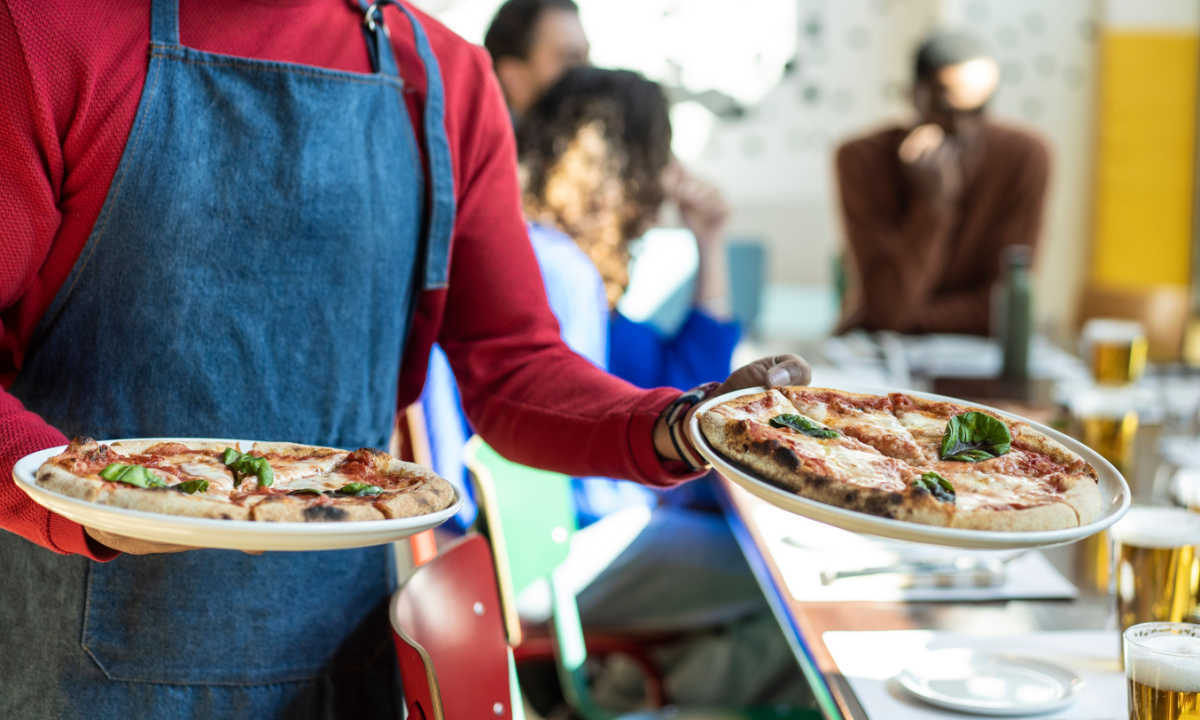Two-Thirds of Restaurant Purchases Are Under $20

PYMNTS research reveals that consumers turn to restaurants more for everyday meals than pricey indulgences.
The Context
In recent years, and especially since the start of the pandemic, consumers’ rising demand for convenience has had many turning to restaurants to get premade meals on a regular basis where once they would have cooked from scratch at home. While inflation has put some pressure on this restaurant spending, consumers continue to purchase many of their day-to-day meals from eateries.
“The dynamic of the 1950s where somebody would cook six square meals a week and maybe go out once a week is going to be totally the opposite,” Marc Choy, president of Ghost Kitchen Brands, told Karen Webster in an interview. “This is how people are going to know how to get their food — by ordering.”
Even retailers are seeing a shift away from cooking toward premade convenience. For instance, Casey’s General Stores, the nation’s third-largest convenience retailer and fifth-largest pizza chain, shared on its most recent earnings call that same-store prepared food and dispensed beverage sales increased 11% year over year.
Additionally, some lower-income consumers have not only been shifting how they order but also finding ways to get their food needs met quickly and inexpensively outside of typical prepared meal offerings, for instance with protein shakes.
By the Numbers
For “The 2022 Restaurant Digital Divide: Restaurant Customers React To Rising Costs, Declining Service,” PYMNTS surveyed a census-balanced panel of more than 2,300 U.S. restaurant customers in November.
Additional research for the study revealed that nearly two-thirds — 64% — of restaurant purchases amount to less than $20, while only 9% are more than $50. Consequently, consumers seem to be turning to restaurants primarily as a way to get their day-to-day food needs met more so than as a way to indulge with premium dining experiences.

Indeed, consumers have been ordering more food for at-home consumption in recent years. PYMNTS research finds that 36% are ordering via mobile order-ahead more often than they did before March 2020, 32% are ordering via a restaurant’s website more often, 32% are pickup ordering via phone call more often and 28% are ordering more for delivery via aggregators.
